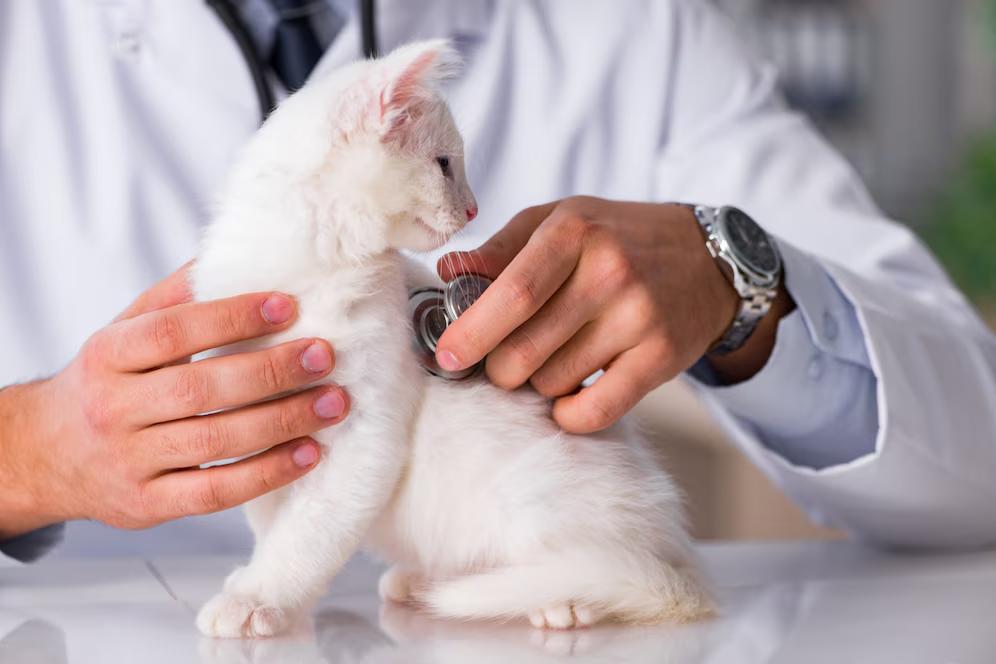
Wellness Plans vs. Pet Insurance: What’s the Difference?
You love your pet like family — they’re your loyal companion, your adventure buddy, your constant couch snuggler. So naturally, you want to do everything you can to keep them healthy and protected. But when it comes to sorting out the best way to manage veterinary costs, things can get confusing.
One of the biggest head-scratchers? Wellness plans vs. pet insurance.
Both sound like they help with vet bills, and they often get lumped together, but they’re not the same thing. Not even close.
In this guide, we’ll break down the key differences between wellness plans for pets and pet insurance, explain how they work, what they cover, and help you decide which one (or both!) is right for you and your furry companion.
Let’s clear the fog so you can make informed, confident choices about your pet’s health.
What Is a Pet Wellness Plan?

Preventive Care in a Package
A pet wellness plan is essentially a membership programme that helps you spread out the cost of routine, preventive care over the year. Think of it as a subscription for the essentials that keep your pet healthy.
Typically Includes:
- Annual health check-ups
- Core vaccinations (e.g. rabies, distemper)
- Flea, tick, and worming treatments
- Dental cleanings
- Nail trims and grooming (in some plans)
- Blood tests and screenings
- Microchipping
It’s like a health maintenance plan — not for emergencies, but for the expected.
How It Works:
You usually pay a monthly fee (anywhere from £10–£25) to your vet or plan provider. In return, you receive a bundle of services either included or discounted.
What Is Pet Insurance?
Financial Protection for the Unexpected
Pet insurance, on the other hand, is designed to cover the unexpected — accidents, injuries, and illnesses that you didn’t see coming. It helps offset the cost of sudden, often expensive, veterinary bills.
Common Coverage Includes:
- Accidents and injuries (broken bones, swallowed toys)
- Illnesses (vomiting, infections, cancer, diabetes)
- Surgery and hospitalisation
- Diagnostic testing (X-rays, MRIs, lab work)
- Chronic conditions (with lifetime policies)
- Prescription medications
- Emergency out-of-hours care
Premiums range from £15 to £50+ per month, depending on the pet’s age, breed, and level of cover.
Key Differences: Wellness Plans vs. Pet Insurance

Let’s compare them side by side to really drive it home.
| Feature | Wellness Plan | Pet Insurance |
| Purpose | Preventive care | Unexpected accidents/illnesses |
| Cost type | Predictable, fixed expenses | Unpredictable, high-cost events |
| Monthly fee | £10–£25 | £15–£50+ |
| Covers routine care | Yes | No (unless in special policies) |
| Covers illness/injury | No | Yes |
| Emergency treatment | No | Yes |
| Direct vet payments | Usually yes | Some providers do, others reimburse |
| Customisation | Often limited to practice | Can vary widely across insurers |
Which One Should You Choose?
This is where personal circumstances come into play. Let’s break it down by different types of pet owners.
Scenario 1: “I’ve Got a Young, Healthy Pet”
Ideal combo: Wellness plan and basic pet insurance
Why? You’ll need regular check-ups and vaccines, and you’ll want financial protection in case of accidents, especially during the puppy or kitten phase when curiosity often leads to chaos.
Scenario 2: “I’m On a Tight Budget”
Start with a wellness plan to affordably manage preventive care. If you can, look for an accident-only insurance plan—it’s basic but better than nothing in an emergency.
Scenario 3: “My Pet Is Older or Has Health Issues”
Wellness plans might not offer much value for older pets. Focus on getting comprehensive pet insurance, especially if your pet is at risk of chronic conditions.
Scenario 4: “I Want Complete Coverage”
Best option: Both.
A wellness plan keeps your pet’s routine care on track, while pet insurance protects you from financial strain when serious health issues strike.
Real-Life Example: Meet Jasper the Jack Russell
Jasper is an energetic three-year-old who visits the dog park daily. His owner, Megan, enrolled in a wellness plan through her vet, covering Jasper’s annual vaccinations, flea treatments, and teeth cleaning.
One afternoon, Jasper tore his cruciate ligament during an enthusiastic leap over a log. The surgery and rehab cost over £2,800. Luckily, Megan also had pet insurance, which reimbursed 90% of the cost after a £100 excess.
Having both plans meant Jasper got top-notch preventive care and emergency treatment, without putting Megan into debt.
Pros and Cons of Each
Wellness Plan: Pros
- Helps budget for preventive care
- Encourages regular vet visits
- Discounts on additional services
- Often includes reminders for appointments
Wellness Plan: Cons
- Doesn’t cover unexpected illnesses
- Tied to specific vets or clinics
- May include services you don’t need
Pet Insurance: Pros
- Covers costly, unpredictable health issues
- Reduces financial burden in emergencies
- Offers lifetime cover for chronic conditions
- Flexible policies and coverage levels
Pet Insurance: Cons
- Doesn’t cover routine care
- Excludes pre-existing conditions
- Can be expensive for older pets or high-risk breeds
- The claims process can involve paperwork and waiting
Common Myths Debunked
“I Don’t Need Insurance — My Vet Offers a Wellness Plan”
Wellness plans are not a substitute for insurance. They’re about maintenance, not emergencies. You still need insurance to cover accidents or illnesses that a wellness plan won’t touch.
“Insurance Is a Scam — They Never Pay Out”
Most complaints come from misunderstandings of what’s actually covered. If you read the policy, declare all pre-existing conditions, and choose a reputable provider, claims are usually paid out fairly.
“I Can Just Save Money Instead”
Savings help — but will they cover a sudden £3,000 surgery tomorrow? Insurance spreads the risk and provides instant financial support when you might not have enough in the bank.
How to Get the Best of Both Worlds
If you can afford it, pairing both plans gives your pet comprehensive protection, head to tail.
Step-by-Step Guide:
- Start with a wellness plan from your regular vet. Ask what’s included, and ensure it covers the services you’ll actually use.
- Shop around for pet insurance. Compare quotes using tools like GoCompare or MoneySuperMarket.
- Read reviews on platforms like Trustpilot and Which? to see how providers handle claims.
- Check for exclusions, especially for breed-specific conditions or older pets.
- Review yearly as your pet ages or develops new health needs.
Final Thoughts: Prevention and Protection Go Hand in Paw

At first glance, wellness plans for pets and pet insurance might look like two versions of the same thing, but they’re actually completely different. One handles the expected. The other saves you when the unexpected happens.
- Want to manage annual check-ups, flea treatments, and jabs without nasty surprises? Go for a wellness plan.
- Want to make sure a sudden illness doesn’t clean out your savings? You’ll need pet insurance.
- Want total peace of mind? Combine both and rest easy knowing your pet’s health and your wallet are covered.
Ultimately, the right choice depends on your pet’s age, lifestyle, and your financial comfort zone. But now, at least, you know the difference — and that’s a great place to start.
Take Action Today
Ready to make a move?
- Speak to your vet about available wellness plans in your area.
- Compare top pet insurance providers to find a policy that fits your needs.
- Share your pet care wins or worries in the comments below — we’d love to hear your stories.
Because a healthy pet is a happy pet, and a well-prepared owner is a stress-free one.


